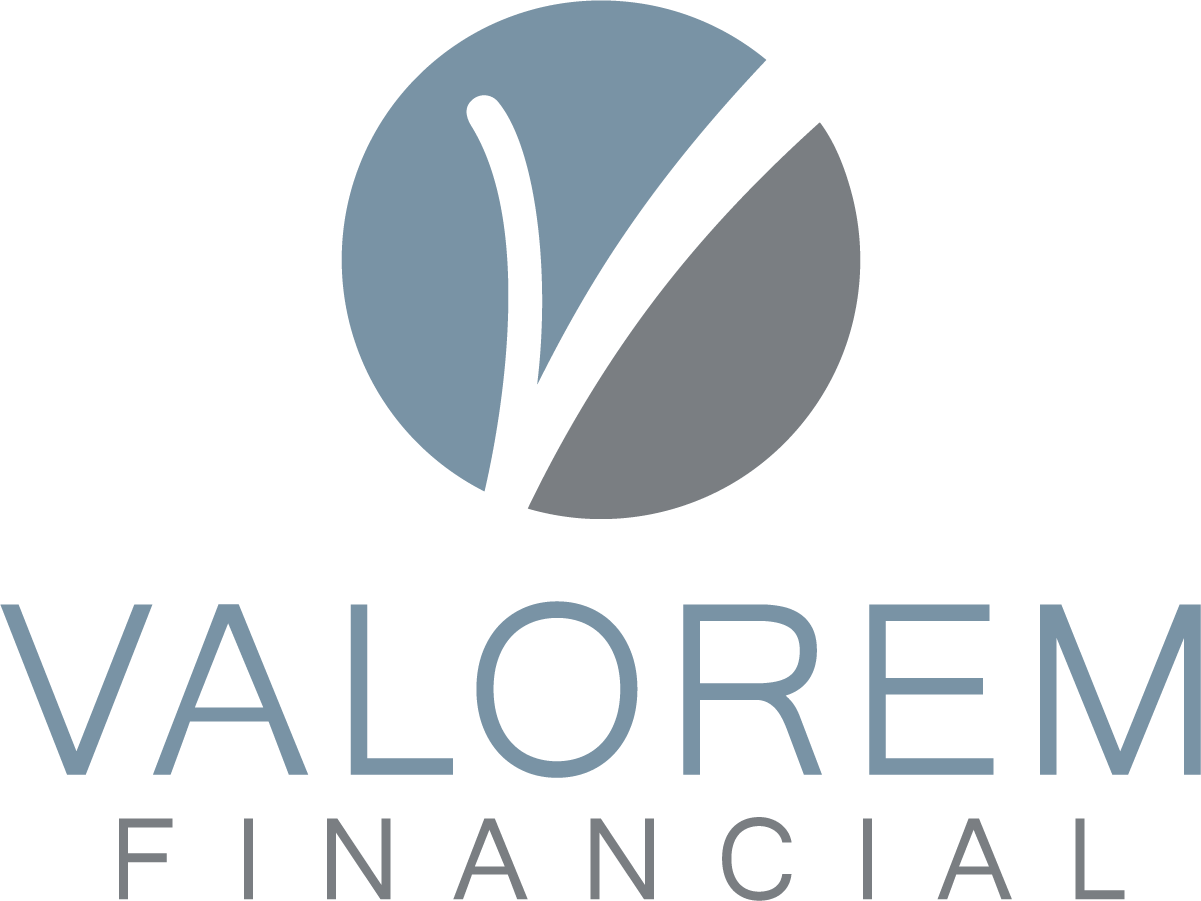Investors and advisors alike have long debated the merits of active versus passive investing. As the markets have taken a downward turn over the last year in response to rising interest rates, this age-old question has emerged again.
Passive investing seeks to generate average market returns and involves hanging on to investments over a long period of time in order to ride out the market’s ups and downs. Active investing seeks to outperform the market — a trait that many investors are finding more desirable as markets have turned down — and involves more frequent buying and selling.
The two approaches offer different advantages and potential drawbacks to consider.
What is Active Investing?
Active investors take a hands-on approach to buying and selling to try to outperform a particular benchmark, like the S&P 500 Index. They follow companies closely and trade assets to capitalize on short-term price fluctuations.
You can do your own active investing, but because this approach requires a high level of market analysis and, it isn’t recommended for novice investors.
Instead, investors may choose to purchase actively managed funds. Fund managers have experience with frequent trading and time to devote to research. They have access to a wide range of investment data as well as a knowledge of broader market and economic trends. With this information close at hand, they closely monitor the market and determine the best time to buy and sell stocks based on their research and experience to help maximize return.
Investors may also choose to work directly with a portfolio manager or financial advisor who can help manage their portfolio or even build a custom index through direct indexing. Instead of owning shares of a fund, direct indexing strategies allow investors to own the companies that comprise an index directly, providing greater flexibility in how they are bought, sold, and managed for tax efficiency.
A high touch from fund managers and other financial professionals usually means that active investing and management strategies are associated with higher fees than passive investing strategies, which can eat into overall returns.
What is Passive Investing?
Passive investing requires a long-term mindset. This strategy focuses on buying assets regardless of the market’s daily fluctuations and holding them for a longer period. By holding stocks for the long haul and avoiding reacting to ups and downs in the market, you hope to benefit from an overall increase in market prices over time.
Passive investing typically involves buying shares of an exchange-traded fund (ETF) or index fund designed to replicate a market index while minimizing buying and selling. This type of hands-off approach doesn’t require the kind of daily attention and meticulous research active investing does, and as a result, also tends to come with lower costs, potentially allowing investors to hang on to more of their returns.
Which is the Best Approach?
There are pros and cons to active and passive investing, and the right approach for you depends on many different factors, including your goals, time horizon, and risk tolerance.
If you are willing to pay a bit more for the chance of outperforming the market, an active approach might be a good fit for you. On the other hand, passive investing might be a better fit for long-term goals, such as retirement.
Keep in mind that your investment approach doesn’t have to be all or nothing. You may prefer to hold both active and passive investments in your portfolio. An advisor can help you choose the right mix of active and passive investments to keep your short-term and long-term goals on track.
Sources:
https://www.federalreserve.gov/econres/feds/files/2018060r1pap.pdf
https://www.bis.org/publ/qtrpdf/r_qt1803j.htm
Information provided by Valorem Financial and written by Oechsli a non-affiliate of Cetera Advisor Networks, LLC and CWM, LLC.
S&P 500 – A capitalization-weighted index of 500 stocks designed to measure performance of the broad domestic economy through changes in the aggregate market value of 500 stocks representing all major industries.
Bloomberg U.S. Aggregate Bond – The Bloomberg US Agg Total Return Value Unhedged, also known as “Bloomberg U.S. Aggregate Bond Index” formerly known as the “Barclays Capital U.S. Aggregate Bond Index”, and prior to that, “Lehman Aggregate Bond Index,” is a broad-based flagship benchmark that measures the investment grade, US dollar-denominated, fixed-rate taxable bond market. The index includes Treasuries, government-related and corporate securities, MBS (agency fixed-rate pass-throughs), ABS and CMBS (agency and non-agency).
The views depicted in this material are for information purposes only and are not necessarily those of Cetera Advisor Networks LLC. They should not be considered specific advice or recommendations for any individual.
Investors cannot invest directly in indexes. The performance of any index is not indicative of the performance of any investment and does not take into account the effects of inflation and the fees and expenses associated with investing.
Investing in mutual funds is subject to risk and loss of principal. There is no assurance or certainty that any investment strategy will be successful in meeting its objectives.
Exchange traded funds and mutual funds are sold by prospectus only. Investors should consider the investment objectives, risks and charges and expenses of the funds carefully before investing. The prospectus contains this and other information about the funds. Contact Valorem Financial at 7609 Grandview Ave, Arvada, CO 80002 or (303) 393-2456 to obtain a prospectus, which should be read carefully before investing or sending money.


